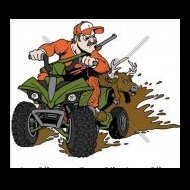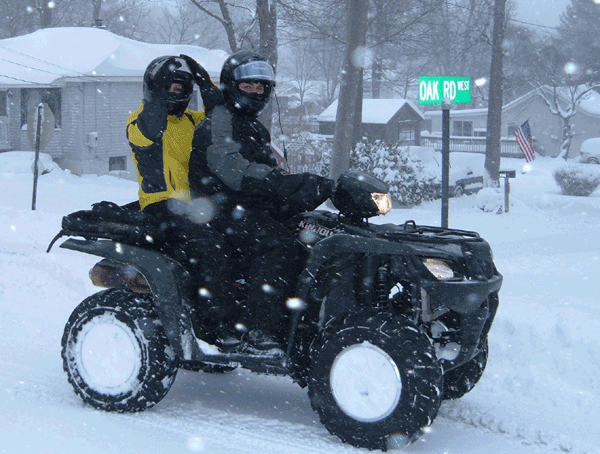Carburetor cleaning / rebuild
-
Similar Forum Topics
-
By McG75
Sorry I suck at these forums so if you see this submitted under update status, my bad. Anyhow this is a new shock for a 96 Yamaha Kodiak 400 4x4 it fits my 96 Yamaha Timberwolf 250 4x4 perfectly. Little narrower are the bottom than the original but everything else is perfect. I extended it to almost a half in from full extension because I’m pushing 350 pounds. It rides and hold me well. So if any of y'allRace driven shock. have been looking for one and didn’t want to do the research here it is.
-
By Gwbarm
I Ran across this video today comparing an aftermarket to OEM Carb on Suzuki Vinson, thought it might generate some interest, it is quite long but informative.
-
By Ajmboy
Starting a new topic for the 2024 Presidential Elections. Please be respectable with open discussion 🙂.
Wikipedia (See who has entered the race):
2024 United States presidential election
2024 Presidential Polls:
RealClearPoltics
FiveThirtyEight
270toWin Interactive Map
Previous topics (now closed):
2020 Presidential Election Discussion Thread
2016 Presidential Election Discussion Thread
-
By ResQ91
Hi Guys!
New member and could really use your advice. I would have to believe this has been an issue for others but a search here came up with nothing......? (Probably me not doing search correctly)
I have an 87 Big Bear 350 YFM350FWT
The OEM Mikuni BTM carb is shot and would rather replace than rebuild.
It is no longer made and I have had good luck with NICHE carbs so I ordered a #K-CRB-0006 This was what they said was replacement when ordered. This Carb only uses 1 Throttle cable. The Slide is linked so it uses one. (OEM had 2nd cable coming through top to move slide)
Problem is when I ordered a replacement Cable from NICHE (#C-CBL-0061) the Cable wire is a little short, not allowing Throttle to return all the way down to Idle position. I called NICHE and they are at a loss. Haven't gotten back to me after 2+ weeks.
What would you recommend other than a carb rebuild?
Can I just use 1 of the OEM cables (It is the right length) and snip/disconnect the other that went to top of Carb for Slide?
Or ??
Thanks in advance for any advice you have!!
Dave

-
By Gwbarm
I have been exploring all the options available, so many, its hard to choose. I have kind of narrowed it down to the Honda Pilot, Subaru Outback, and Kind of looking at the Outlander, although its a little small, the new one is nice looking. Just wondering if anyone has any recommendations or gripes with any of these rides. I have driven Jeeps for the past 25 years and they have been great, but their price point has gotten to high. Expieriences good or bad would be helpful. Thanks!
-







Recommended Posts
Join the conversation
You can post now and register later. If you have an account, sign in now to post with your account.
Note: Your post will require moderator approval before it will be visible.